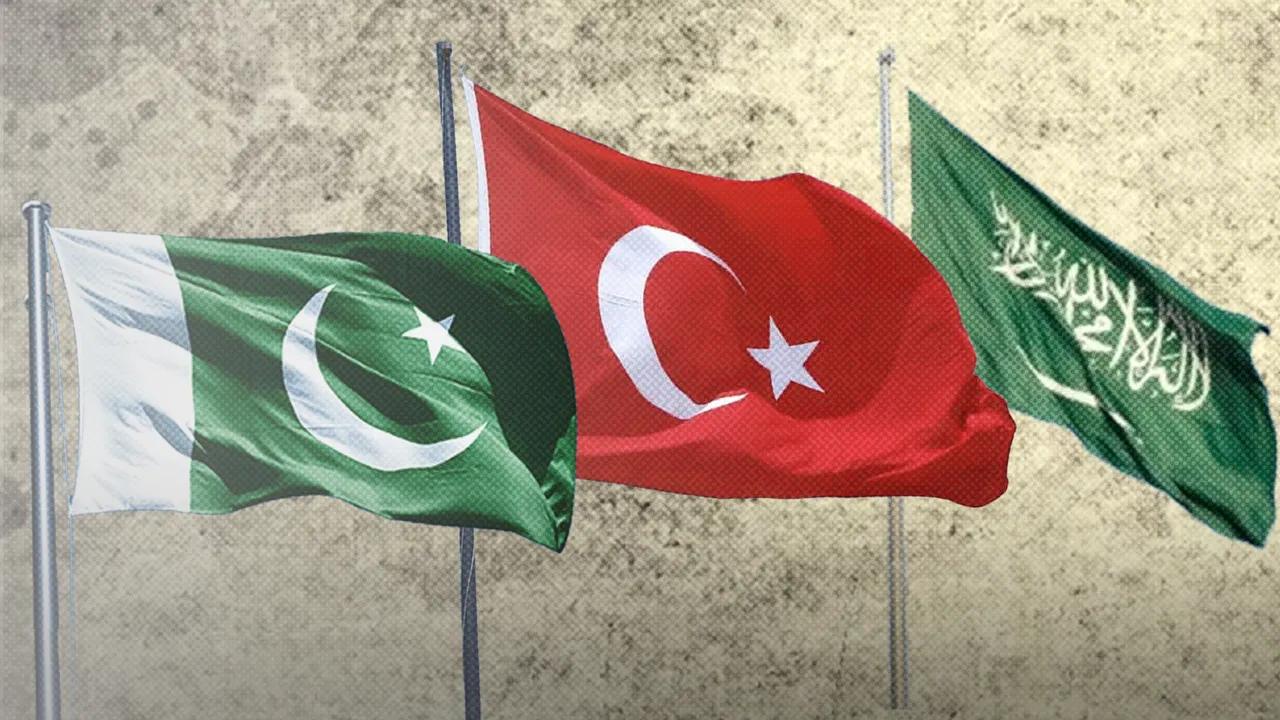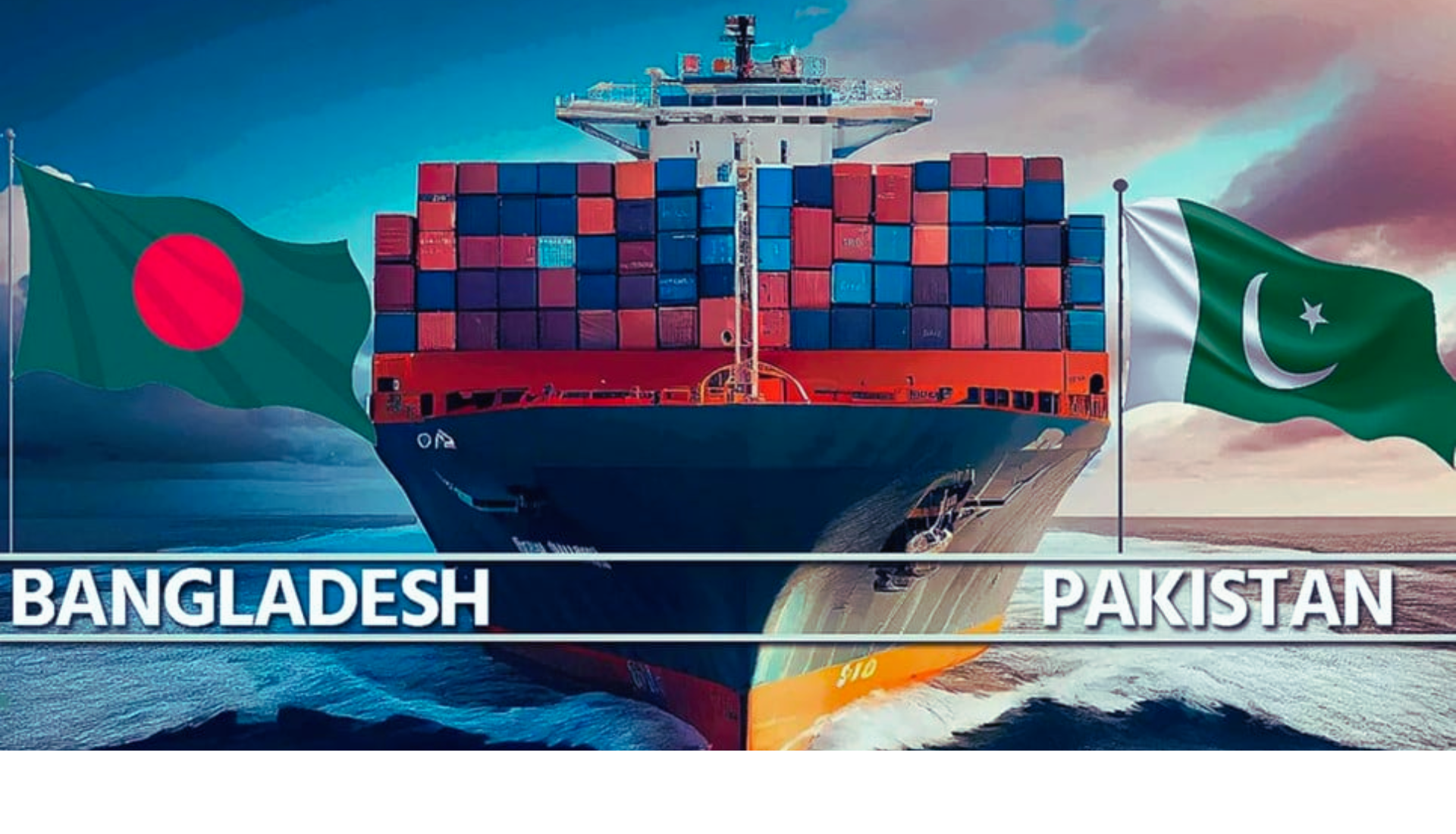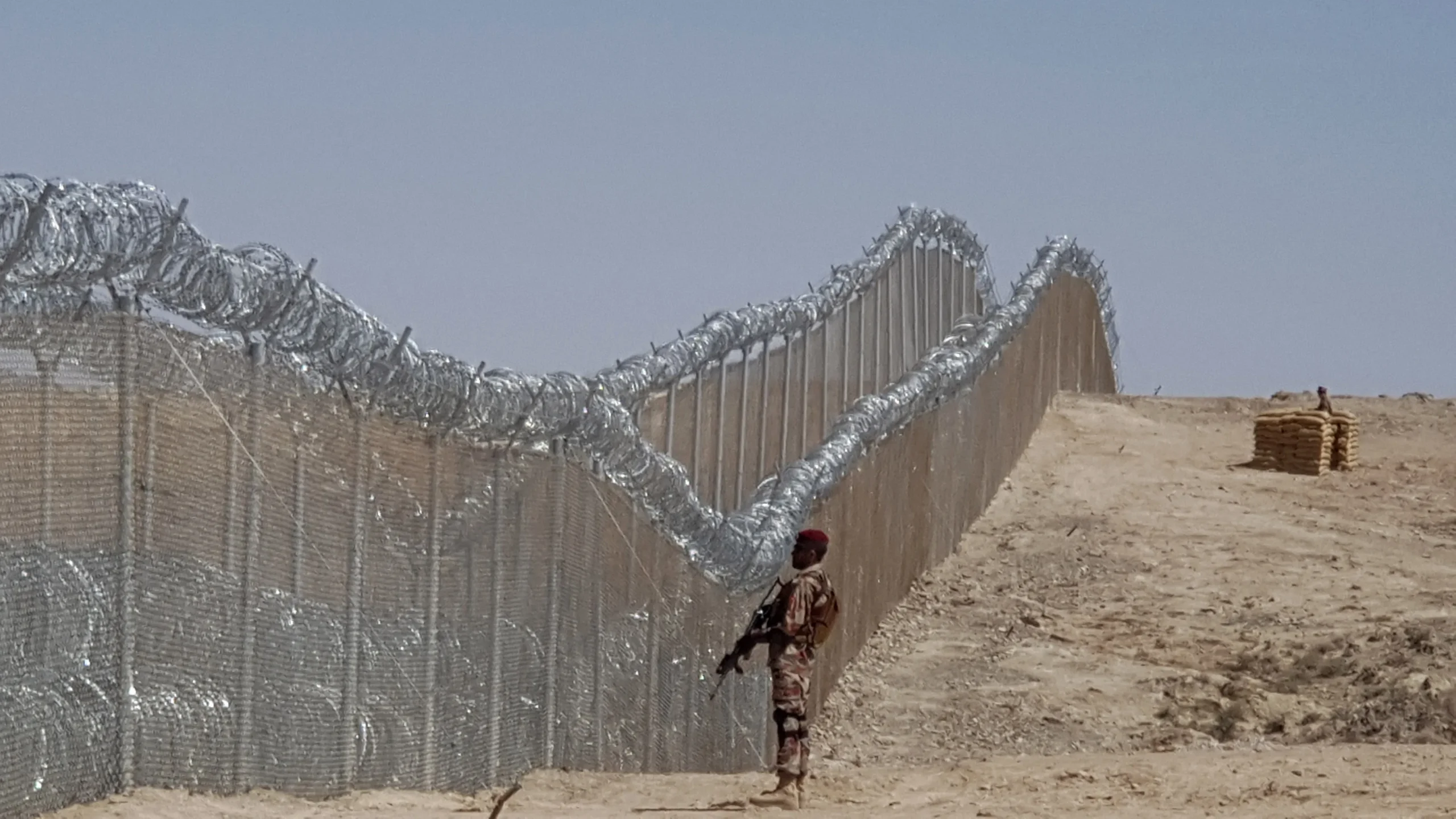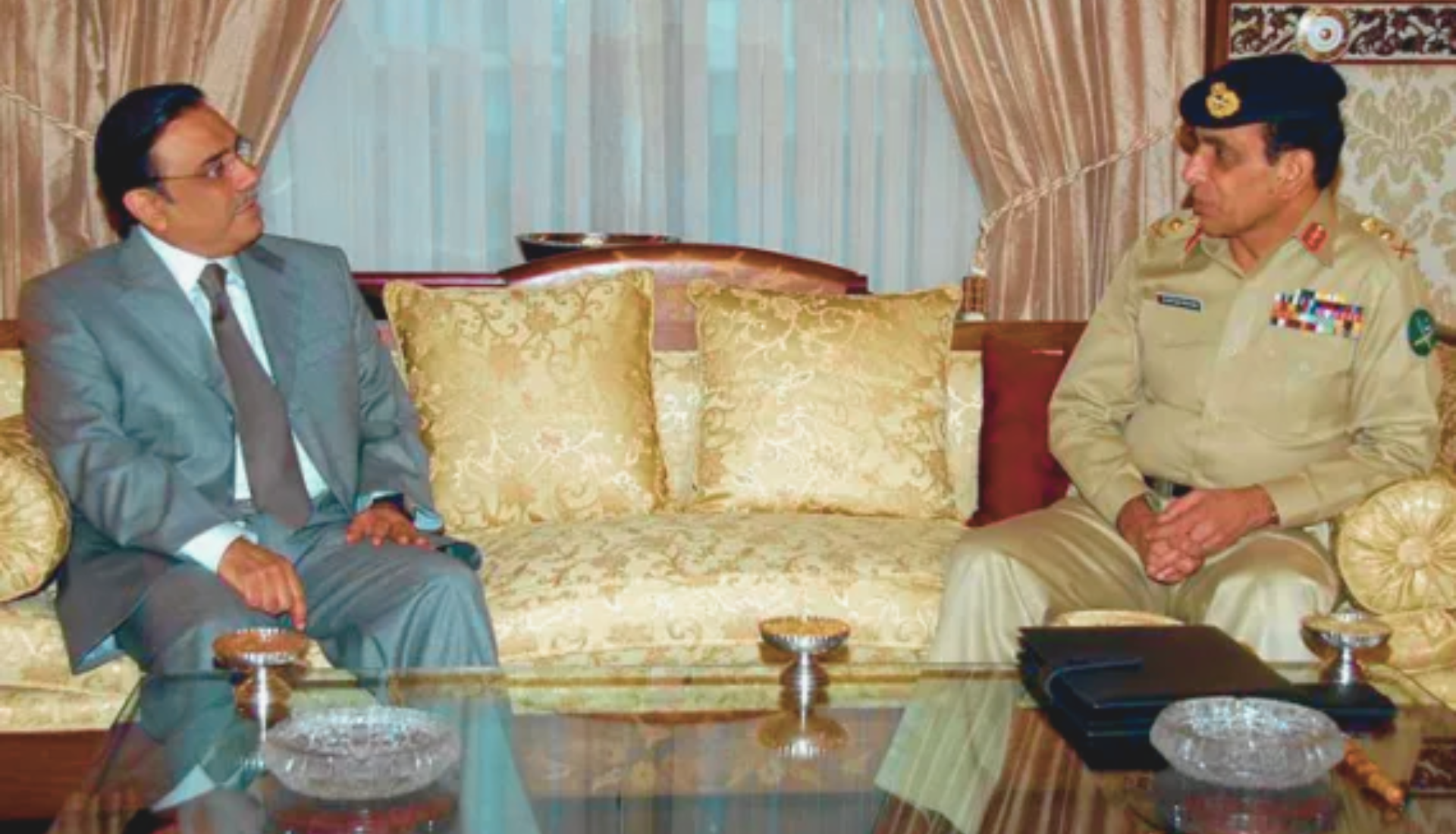The attack on the Pakistan Embassy in Kabul came with a realization: it may be futile to feign surprise at a relatively peaceful day transforming into one of considerable pandemonium in this part of the world. However, what became the defining feature of this incident has been the assassination attempt on Ubaidur Rehman Nizamani, Pakistan’s Chargé d’Affaires (CdA) for Afghanistan. While statements of condemnation and concern were instantly issued by officials of both countries, as well as the need for a thorough investigation, the details that have since emerged have done little to assuage growing concerns pertaining to the security of the diplomatic personnel in Afghanistan in particular and the dynamics of the Pak-Afghan region as a whole.
The Twin Attacks
As it happens, the chain of events on Friday began to unfold with a suicide bombing attack near the Hezb-i-Islami party office in Kabul. According to former Afghan Prime Minister Gulbuddin Hekmatyar, the attack claimed the life of one person, while as per three Hezb-i-Islami sources and one source with the Taliban government, multiple attackers were killed and numerous guards were wounded. Before the dust had even settled on this development, the Pakistan embassy compound was subjected to fire from what was reported to be a lone assailant taking cover behind the shelter of houses in the vicinity.
Although Ambassador Nizamani was unharmed during the attack, security guard Sepoy Israr Mohammad was critically injured in the process of shielding the mission head.
Naturally, the news was met with varied reactions across the sociopolitical spectrum, ranging from reaffirmations of brotherly cooperation to raised suspicions.
A statement released by the Pakistan Ministry of Foreign Affairs on Pakistan Embassy attack demanded that the Afghan interim government immediately conduct thorough investigations into the attack, apprehend the culprits, hold them accountable, and take necessary measures to guarantee the safety and security of Pakistani diplomatic personnel and citizens stationed in Afghanistan. On the other hand, the incident was also condemned by the Afghan foreign ministry, whose spokesman, Abdul Qahar Balkhi, said in a statement that security agencies would seriously investigate the incident and identify the culprits so they could be punished—and the Afghan government will not permit some vested interest groups to endanger the safety of officials on diplomatic missions. By the end of the day, one suspect had been detained, as announced by Kabul police spokesman Khalid Zadran, when security forces rushed to the scene to stop the shooting.
He added that weapons had been recovered and that further information on the clearance operation would be provided later. In addition to the telephonic exchange between the two countries’ foreign ministers, the Afghan CdA was summoned to express Pakistan’s concern and anguish over the attack and was informed that the occurrence was an extremely serious security lapse.
The Common Enemy
Pakistan Embassy attack perpetrated by what has been insisted upon by the “common enemies of Pakistan and Afghanistan”—later officially claimed by the Islamic State Khorasan Province (ISKP)—comes at a time when the terrorist group is proving itself a challenge to the stability of the interim government in particular and Afghanistan as a whole. Notably, more than four people were killed in a suicide bombing attack carried out by the ISKP on September 5 in front of the Russian embassy in Kabul.
Such assaults are a reminder of ISKP’s ongoing attacks against Afghan civilians and Taliban security forces.
However, ISKP has not only limited itself to targets within Afghanistan’s perimeters; other neighboring countries have also borne the brunt, as exemplified by its claims of firing rockets into Tajikistan and Uzbekistan in April and May, underscoring the need for immediate regional collaboration to prevent the spread of threats from non-state actors. Moreover, ISKP is gradually adding to the security threat to Pakistan, which has in the past acknowledged the urgency of the situation. With the goal of establishing an Islamic caliphate in Afghanistan, ISKP was founded in 2014. The following year, defections from Tehrik-i-Taliban Pakistan (TTP), al-Qaeda, and the Afghan Taliban culminated in the creation of the Islamic State’s “Khorasan” province across Central and South Asia. After the Taliban regained control of Afghanistan, the ISKP felt encouraged to recruit people from both Central and Southern Asian nations to undermine the legitimacy of the new Islamic Emirate. By dividing ISKP into distinct branches for Afghanistan, India, and Pakistan, the Islamic State created the Islamic State Pakistan Province (ISPP) in May 2019. Since then, ISPP has had trouble making use of regional dynamics and gaining traction. Nevertheless, it has most likely persisted because of continued coordination and network overlap with ISKP.
Overlapping Networks
This demarcation in operations has been substantially maintained by ISPP and ISKP.
TTP, a confederation of anti-Pakistan militant organizations linked to the Afghan Taliban and al Qaeda, however, does have some overlap with the ISKP and ISPP.
In January 2020, the UN asserted that the ISKP and TTP had developed informal contacts. The fact that the ISPP, ISKP, and TTP continue to claim some of the same assaults in Pakistan may indicate that their tactics and membership have converged. The ISPP may be trying to recruit militants from other organizations, especially TTP members who are disenchanted with their organization’s observed willingness to negotiate with the Pakistani government. In November 2021 and June 2022, the TTP and the Pakistani government respectively established temporary and permanent ceasefires, the latter of which was formally declared to have ended recently.
Similarly, ISKP recruited new members by acting as a spoiler during the 2020 negotiations between the Afghan government and the Afghan Taliban. After years of internal conflict, the TTP has been able to integrate 10 splinter factions since 2020, yet the organization is still not bereft of internal divisions. ISKP and the TTP, who both claimed at least six of the same attacks in 2022, may still have more shared networks than ISPP. This implies that as undeniable as the need for regional peace and enhanced collaboration between the two countries is, there is also the surging potential for the penetration of spoilers. More prominently illustrated is India’s history of rearing its head through preeminent fault lines between Pakistan and Afghanistan, a fact reiterated by Rahmatullah Nabil, Head of the National Directorate of Security, merely days ago.
It is also worthy of mention that between 1996 and 2000, Ambassador Bharath Raj Muthu Kumar—reached out to by none other than Amrullah Saleh—oversaw the covert military and medical aid that India was providing to Ahmad Shah Massoud and his men against the Taliban before he left the Tajik capital of Dushanbe to begin his new role.
Implications for the Future
While it may be argued that compared to other terrorist groups in Pakistan, ISPP is less worrisome, it might broaden its sphere of influence if domestic turmoil persists. The prospect of TTP sub-groups joining forces with the Hafiz Gul Bahadur faction or defecting to the ISKP was also forewarned by the government as early as October. To add insult to injury, the TTP has fortified its bases in Afghanistan since the Taliban takeover, having been granted de facto political sanctuary despite the numerous governance challenges faced by the Taliban regime—a major cause of friction between the two countries.
The recent Pakistan Embassy attack in addition to other incidents that caused rift between the two countries are indicative of the fact that as the Pak-Afghan region hinges on an unstable footing, there is no other alternative for the political and military leadership in the two countries but to envisage a people-centric approach to the enormity of the challenge at hand. It is also imperative to remember that friction rooted in ideological notions of perceived moral high ground seldom serves its purpose when the masses—deprived of basic amenities and susceptible to frustration—desire a more reliable and sure footing in a fast-changing world. Thus, the onus is on both governments to snap back to the ground realities of assuming power and what they owe to their respective populations.






